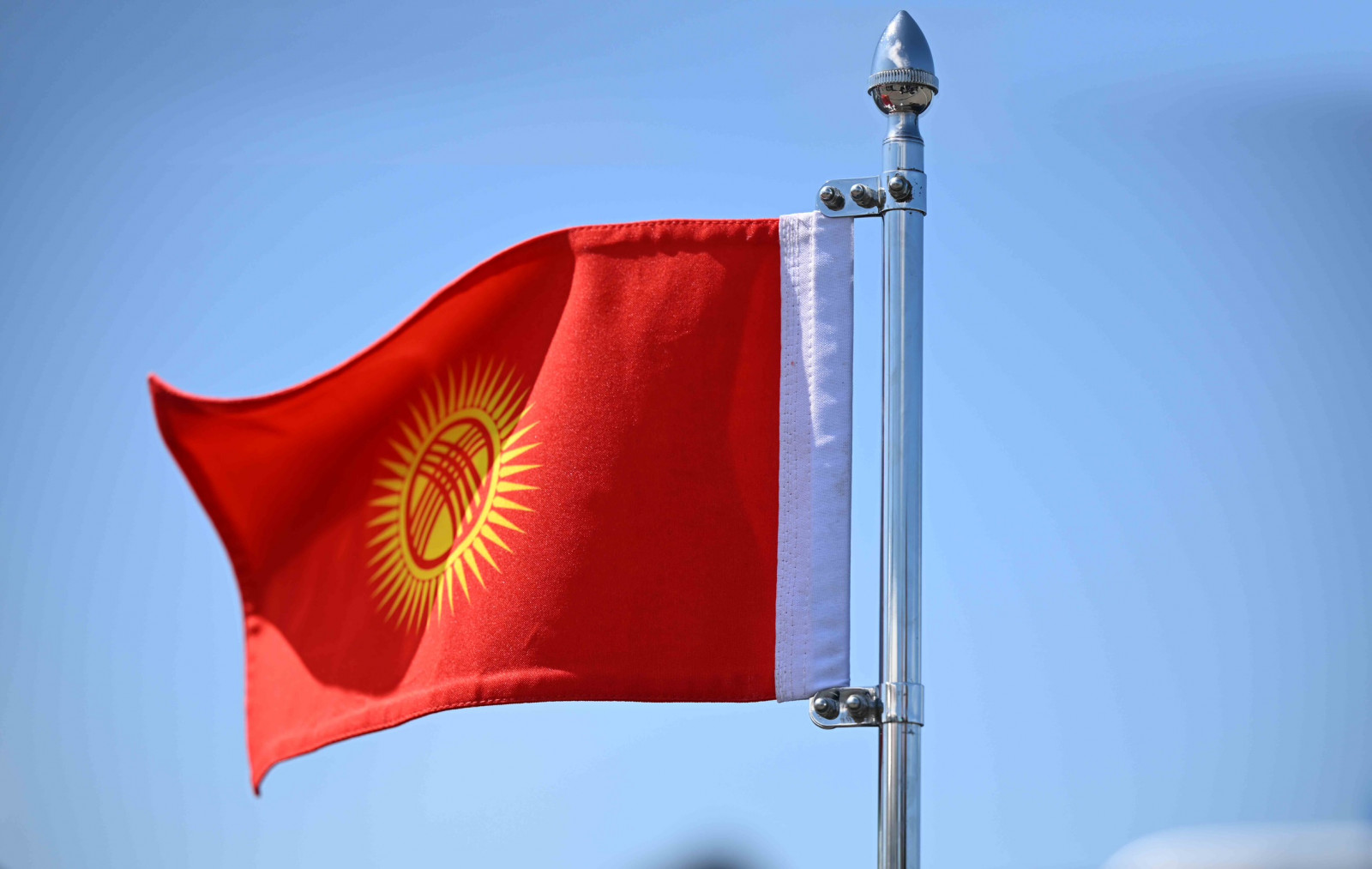BAKU, Azerbaijan, August 1. Kyrgyzstan’s economy continues to demonstrate impressive growth momentum. According to official data, the country’s GDP surpassed 1.5 trillion soms ($17 billion) for the first time in 2024, marking a 9 percent increase compared to the previous year. The government aims to reach $30 billion in GDP by 2030.
Preliminary estimates from the National Statistical Committee indicate that GDP for the first half of 2025 totaled 711.2 billion soms (approximately $8.1 billion), up by 11.7 percent year-on-year , an evidence of a strong start to the year and overall economic dynamism.
A structural shift in GDP composition is observed: the share of goods-producing sectors rose from 28.7 percent to 31.5 percent. Goods production grew by 15 percent, while services expanded by 10 percent, pointing to a trend toward industrialization and construction-led growth, possibly driven by increased industrial output and investment in large-scale projects.
Industrial production reached 313.7 billion soms ($3.5 billion), reflecting a 10.2 percent increase in real terms. Significant growth was recorded in pharmaceuticals (1.7 times), food and beverages (+44 percent), and plastic and construction materials (+33.2 percent). In contrast, oil and gas extraction fell by 8.7 percent.
Agriculture posted moderate growth, with gross output reaching 117.6 billion soms ($1.3 billion), up by 3.8 percent. The main driver was livestock production: meat (+3.6 percent), milk (+2.1 percent), eggs (+2.9 percent), and wool (+0.7 percent) all saw gains. However, the area planted with cotton, traditionally a key export crop, was halved, raising concerns.
Trade and services showed strong performance: wholesale and vehicle repair turnover increased by 12.1 percent, and the overall service sector by 10.1 percent. Notable growth was recorded in hotels and restaurants (+49.1 percent), freight transport (+12.5 percent), and passenger transport (+13.7 percent), reflecting robust domestic demand. With external economies weakening, internal consumption continues to support Kyrgyzstan’s growth.
However, the external sector remains a major challenge. Foreign trade turnover dropped by 14.4 percent year-on-year in January - May 2025, totaling $5.7 billion. Exports plunged by 27.2 percent, while imports fell by 11.7 percent. The resulting $4.1 billion trade deficit signals significant foreign currency outflows and potential pressure on the som and national reserves.
Despite relatively moderate overall inflation (4 percent in H1 2025), sharp price increases were observed for essential goods and services: potatoes (+44.7 percent), fruits (+20.6 percent), vegetables (+14.6 percent), and electricity (+23.6 percent). Producer price inflation also surged, with the producer price index up by 19.5 percent. According to the National Bank, annual inflation stood at 8.7 percent as of July 18. The regulator attributes much of this price pressure to temporary and seasonal effects, including a low statistical base from the previous year.
Positive developments amid inflation include a real wage increase of 11.1 percent and a 21.9 percent drop in registered unemployment. Investment in fixed capital surged by 42.9 percent, especially in construction and housing, highlighting growing domestic demand and investment activity.
To further support economic development, the government is actively implementing major infrastructure projects, including the Kambarata HPP-1 and the Uzbekistan–Kyrgyzstan–China railway, both expected to significantly boost economic growth and improve regional connectivity. In addition, the new 2024–2028 digital development strategy aims to improve public administration efficiency and reduce bureaucracy, potentially enhancing the business environment. Programs like Mekenim 1+1 are also being launched to encourage returning migrants to invest in businesses through co-financing schemes.
On July 28, 2025, the National Bank raised its key rate by 25 basis points to 9.25 percent, citing increased external inflationary pressures driven by geopolitical uncertainty, global food and commodity price volatility, and persistently high inflation in partner countries.
Meanwhile, international financial institutions stress that for long-term sustainability, Kyrgyzstan’s economy must reduce its dependence on external factors and accelerate structural reforms focused on diversification and strengthening domestic market mechanisms.
The World Bank projects Kyrgyzstan’s GDP growth at 6.8 percent in 2025, but highlights high dependency on gold exports, remittances, and re-exports to Russia. The bank advocates for bold reforms such as market liberalization, trade barrier removal, and foreign direct investment attraction. Infrastructure deficiencies, particularly in energy, and low financial intermediation are cited as major constraints.
The European Bank for Reconstruction and Development (EBRD) expects growth to slow to 7 percent in 2025, while identifying potential in tourism, gold mining, and infrastructure development. Analysts note that domestic demand is buoyed by rising wages and remittances, though secondary sanctions remain a key risk.
The Asian Development Bank (ADB) forecasts GDP growth at 6.8 percent, attributing recent growth largely to government spending and external support. Priority reform areas include infrastructure development, modernization of the financial sector, and combating the shadow economy.
The International Monetary Fund (IMF) expects growth to slow to 6.8 percent in 2025 and stabilize around 5.25 percent in the medium term. The Fund sees Kyrgyzstan’s economy as currently resilient and expects inflation to remain stable under balanced macroeconomic policies. However, it warns of risks tied to sanctions on Russia and emphasizes the need for reforms in governance, competition, state enterprises, and climate adaptation.
In conclusion, Kyrgyzstan’s economy showed strong growth in the first half of 2025, driven by robust domestic demand, investment, industrial output, and construction. The rising role of goods-producing sectors signals a structural shift toward industrialization. However, vulnerabilities remain, including a sharp decline in exports, continued external dependence (on gold, remittances, and food/fuel imports), and rising producer inflation. For long-term resilience, Kyrgyzstan must diversify exports, develop the private sector, and reduce reliance on external factors.







